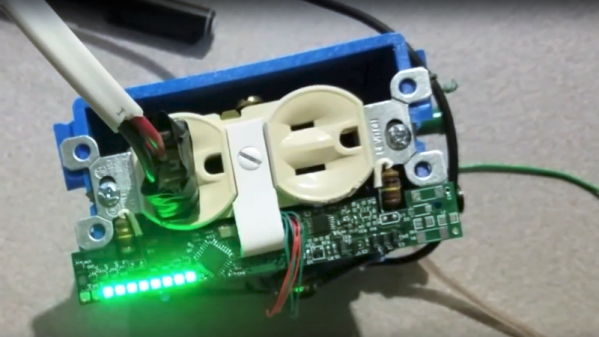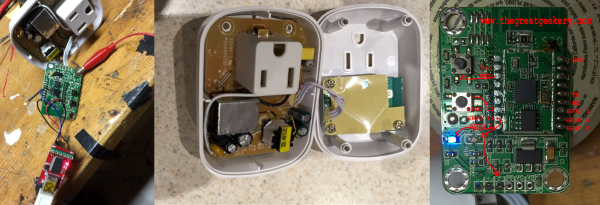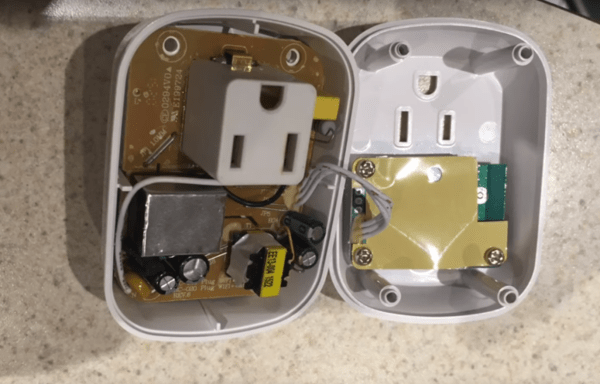We’ve got a love-hate relationship with discount tool outlet Harbor Freight: we hate that we love it so much. Apparently, [James Clough] is of much the same opinion, at least now that he’s looked into the quality of their outlet strips and found it somewhat wanting.
The outlet strips in question are Harbor Freight’s four-foot-long, twelve-outlet strips, three of which are visible from where this is being written. [James] has a bunch of them too, but when he noticed an intermittent ground connection while using an outlet tester, he channeled his inner [Big Clive] and tore one of the $20 strips to bits. The problem appears to be poor quality of the contacts within each outlet, which don’t have enough spring pre-load to maintain connection with the ground pin on the plug when it’s wiggled around. Actually, the contacts for the hot and neutral don’t look all that trustworthy either, and the wiring between the outlets is pretty sketchy too. The video below shows the horrors within.
What’s to be done about this state of affairs? That’s up to you, of course. We performed the same test on all our outlets and the ground connections all seemed solid. So maybe [James] just got a bad batch, but he’s still in the market for better-quality strips. That’s going to cost him, though, since similar strips with better outlets are about four times the price of the Harbor Freight units. We did find a similar strip at Home Depot for about twice the price of the HF units, but we can’t vouch for the quality. As always, caveat emptor.
Continue reading “Buyer Beware: Cheap Power Strips Hold Hidden Horrors”


















